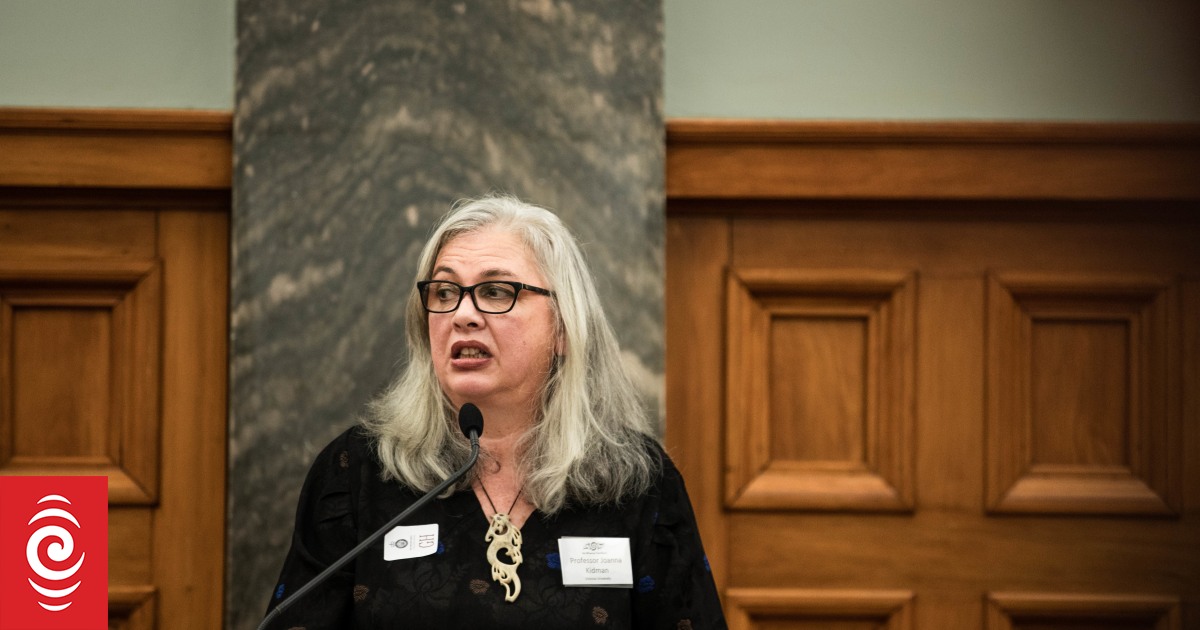- Thread starter
- #8,961
And like the flaw in the CGT - if your wealth drops - do you get a massive refund?A wealth tax is great in theory.... a small group of people is taxed while the majority aren't effected by it. 1-2% of the population is never going to be enough to make a difference in an election and there's enough "envy" in society that any party proposing removing one will most likely never be in the position to do that.
But, practically, they are really difficult to administer. Before the last election, I went to a party debate. Chloe Swarbrick was there and at every opportunity pushed for the Greens Wealth Tax policy. Then they asked for questions from the floor and it soon became apparent the Greens had no idea on how it would work. Her response always went back to "the IRD will have to work out that sort of detail".
She was asked when would the taxpayers wealth be considered... i.e. at a certain date each year or would it be taken over the average wealth for the year. This is important as we all know, assets change in value on a daily basis and depending on when the valuations were done, would effect whether a person or couple had enough net worth to pay the tax or which bracket they were in.... let alone how much tax they would have to pay.
Questions were asked about how properties would be valued. Would people have to use the CV or get a valuation from a site like homes.co.nz or oneroof. CV's can be years old, so the tax payer could be underpaying or overpaying the wealth tax. Could those sites be sued if they got the valuations wrong if a person relied on their valuations and didn't pay the right tax after the IRD audited them.
She couldn't even say how fluctuations to share markets (and managed funds including KiwiSaver) and property would be taken into account.
Like I said, great in theory.... useless in practice. Which is why very few countries still have them.
Nope - the govt income would be too vulnerable to economic shock.
Which means just like the CGT it is fundamentally one sided and unfair. You could in practice be faced with more tax to pay than your current net worth in a major economic shock. Dopey stuff.





